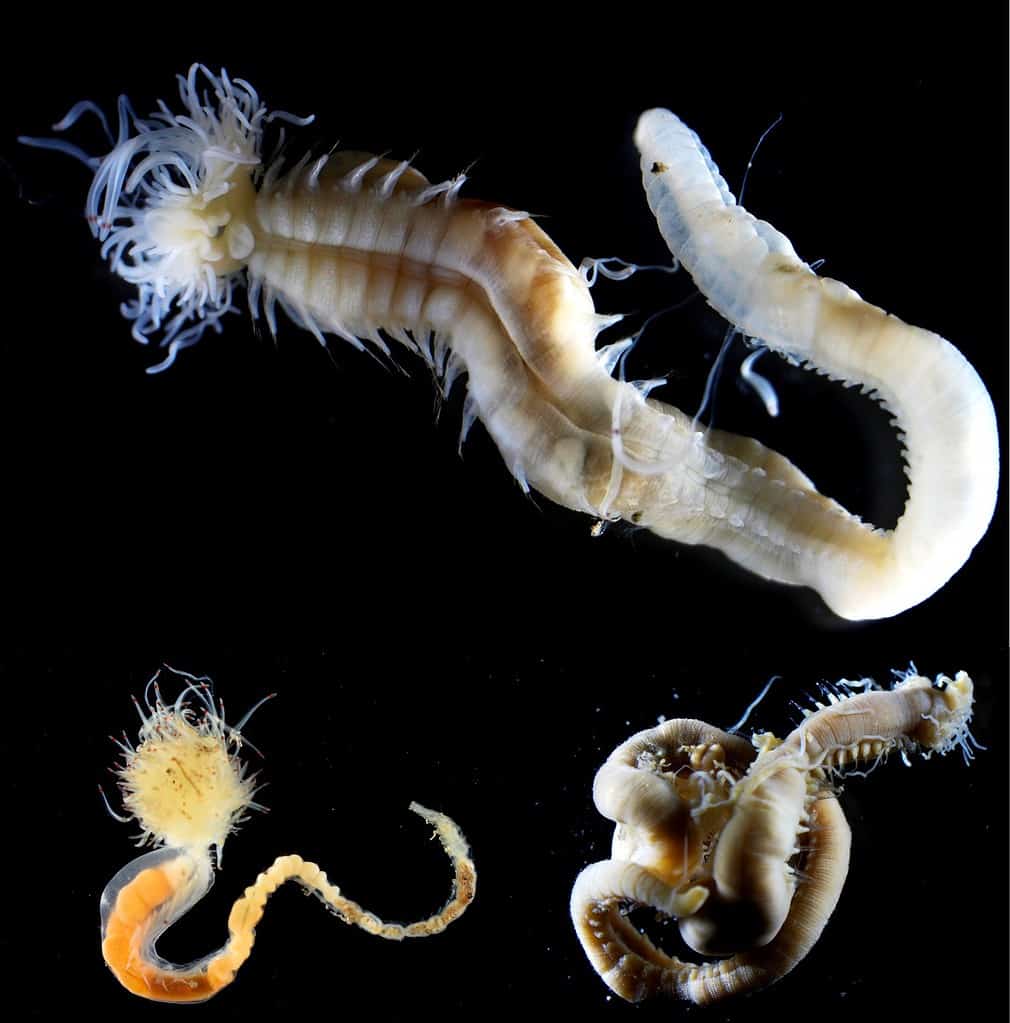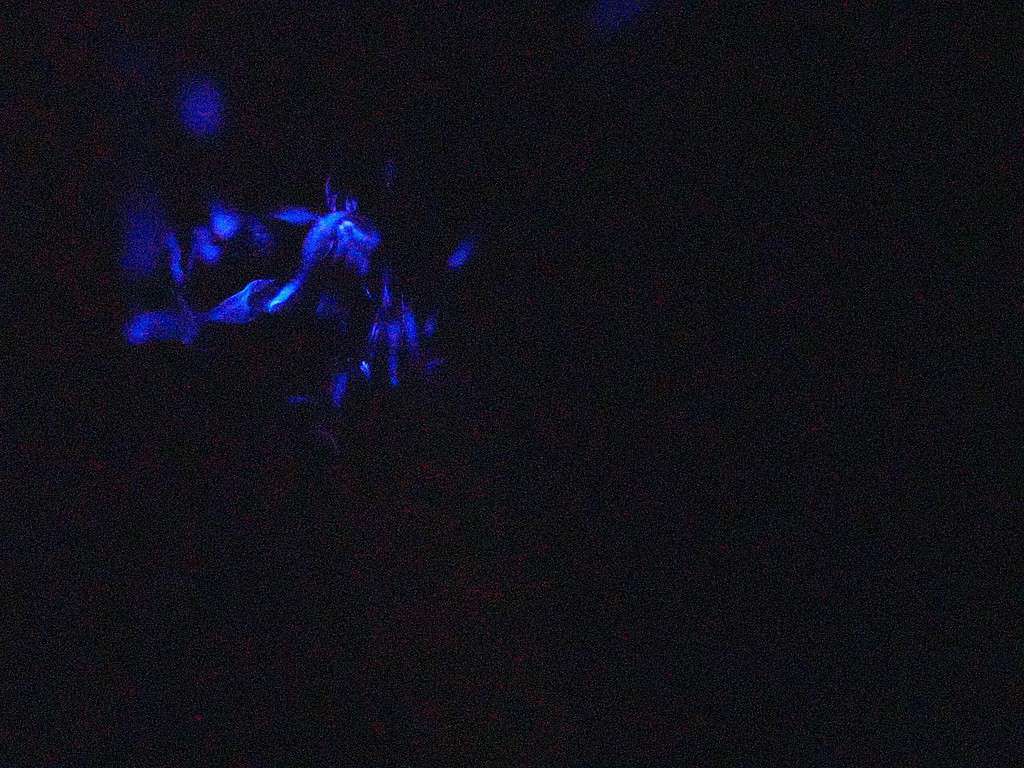
A research team from Nagoya University in central Japan has made an exciting discovery, uncovering three new species of bioluminescent Polycirrus worms from different parts of Japan. These small sea worms, known for their bioluminescence, were found in shallow waters and have been given names inspired by Japanese folklore and an influential marine biologist.
Supernatural-looking sea worms
Naoto Jimi and Manabu Bessho-Uehara, both from Nagoya University’s Graduate School of Science, led a team of researchers who painstakingly set out to organize Polycirrus worms based on their diversity. In the process, they discovered three new species, all of which emit blue-violet light, a type of light very rarely seen among bioluminescent animals. Previously, the three distinct species were wrongly identified as belonging to the same species.
“We wanted to learn more about these organisms to better understand bioluminescence, a natural phenomenon with potential applications in various fields such as medicine, environmental monitoring, and technology. But, identification of this genus is difficult and not established in Japan. We first tried to make a baseline of the taxonomic knowledge of this genus in Japan,” Jimi told ZME Science in an email.
As the researchers found the worms in Japan and considering their eerily appearance, they decided to name them after supernatural entities from Japanese folklore known as yokai (ghosts, demons, fairies, sprites, and other apparitions). They named two of the three species Polycirrus onibi and Polycirrus aoandon as a reference to their bluish-violet luminescence.
Onibi is a demon fire yokai that appears as a small, floating ball of light and leads travelers astray in mountains and forests, while aoandon is a ghost-like yokai that haunts lanterns found in Japanese homes by turning their light an unnatural blue color.
The third worm was named Polycirrus ikeguchii in honor of Japanese scientist Shinichiro Ikeguchi, the former director of the Notojima Aquarium who helped find this particular species.
Bioluminescence

Marine bioluminescence is a fascinating phenomenon that occurs when some marine organisms, such as plankton, jellyfish, and deep-sea fish, produce light through a chemical reaction within their bodies. This light can be produced in a variety of colors, including blue, green, red, and even pink.
The process of bioluminescence involves the production of a molecule called luciferin, which reacts with oxygen to produce light energy. Many marine organisms use bioluminescence for a variety of reasons, including attracting prey or mates, deterring predators, and communicating with other members of their species. For example, some deep-sea fish use bioluminescence to attract prey, while others use it to create a dazzling light show to attract mates.
“We suspect that the bioluminescence of Polycirrus might serve as a form of intimidation against predators, but we cannot be certain without conducting experiments to gather evidence,” Jimi said.
Bioluminescence is so common and useful to living things that scientists believe it evolved independently at least 40 times both on land and in the sea. A whopping 76 percent of ocean animals are bioluminescent, but only a few emit blue-violet light like the newly identified three sea worms. But despite their prevalence, studying marine bioluminescence is no trivial task.
“Capturing bioluminescence was challenging. We conducted night-time SCUBA diving for on-site observation in the ocean and spent half a day in a darkroom, continuously observing the darkness. Additionally, due to the difficulty of classifying polychaetes, we used not only optical microscopes but also scanning electron microscopes for detailed observation and repeated examination,” Jimi said.
While there are no immediate practical applications to these newly discovered species, the Japanese researchers hope their findings will help deepen their understanding of the molecular nature of bioluminescence, which could eventually lead to the development of new technologies in medicine and life sciences.
“While the discovery of a new polychaete species may sound mundane, it is an important step in advancing the study of bioluminescent organisms. If the identification of a species is not confirmed, it can raise doubts about the reproducibility of experiments,” Jimi said.
The findings were reported in the journal Royal Society Open Science.









